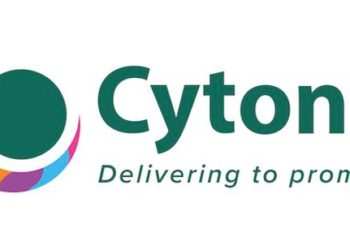The insurance industry in Kenya stands at a crossroads, balancing significant potential with persistent challenges. Among its most promising developments is the rise of microinsurance, a tailored solution designed to extend coverage to low-income individuals and small businesses historically excluded from traditional insurance markets. According to the Q3’2024 Insurance Regulatory Authority (IRA) and the Kenya National Bureau of Statistics (KNBS) 2024 Economic Survey, as of December, 2024, Kenya’s insurance penetration rate hovers at a modest 2.4%, well below the global average of 6.8%. This low uptake reflects deep-seated issues: limited disposable income, a lack of savings culture, and skepticism about the industry’s credibility. Yet, microinsurance is emerging as a transformative force, leveraging Kenya’s unique socioeconomic landscape and technological advancements to bridge this gap.
Microinsurance offers affordable, simplified insurance products that cater to the needs of Kenya’s vast informal sector, which employs over 80.0% of the workforce. These products- covering health, agriculture, and life- are typically low-premium and high-volume, making them accessible to those earning minimal wages. The model gained traction in the early 2000s with initiatives like Kilimo Salama, a crop insurance scheme launched in 2009 by Syngenta, Safaricom, and UAP. Evolving into Acre Africa by 2014, it insured over 233,000 farmers in Kenya and Rwanda, demonstrating the viability of index-based insurance tied to weather patterns. Today, major players like Jubilee, APA, and Britam are expanding microinsurance offerings, driven by a growing awareness of its potential to stabilize livelihoods.
Kenya’s mobile revolution underpins this growth. With mobile phone penetration exceeding 100% and platforms like M-Pesa handling billions in transactions annually, insurers can distribute policies and collect premiums seamlessly. This digital infrastructure overcomes traditional barriers like face-to-face sales and legacy systems, enabling insurers to reach rural populations and urban slums alike. For instance, Britam’s BetaLab, launched in February 2024, fosters InsurTech innovation, accelerating product development and tailoring solutions to local needs. Such advancements signal a shift from a one-size-fits-all approach to personalized, tech-driven coverage.
However, challenges persist. Public perception remains a hurdle, with many viewing insurance as a luxury rather than a necessity. Fraud, particularly in motor insurance, erodes trust, while the high cost of regulatory compliance- such as the tripling of minimum capital requirements- strains smaller insurers, pushing the sector toward consolidation. The Insurance Regulatory Authority (IRA) is responding with risk-based supervision and the adoption of international standards like Gross Premium Valuation (GPV), aiming to bolster confidence. Yet, the actuarial expertise needed to sustain these reforms remains scarce, highlighting a skills gap that could slow progress.
Microinsurance’s future in Kenya hinges on collaboration between insurers, regulators, and tech innovators. By aligning with Vision 2030’s financial inclusion goals, it can reduce protection gaps and enhance economic resilience, particularly amid climate vulnerabilities like droughts affecting millions. As the industry evolves, microinsurance stands out as a beacon of hope, proving that even in a market marked by low penetration, targeted innovation can unlock vast potential, one policy at a time.
















